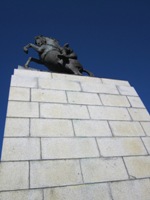Australia So Much to See


Albany - Historic settlement and War history
Patrick Taylor Cottage Museum
This eleven room wattle and daub home is the oldest surviving dwelling in Western Australia.
Built circa 1832, this was a substantial cottage consisting of an entry, boxroom, parlour, nursery, bedroom, dining room, family room, sewing room, kitchen, laundry and side verandah. Many beautiful artefacts, covering several past eras, are displayed in the various rooms. The rendered wattle and daub walls have been maintained and the floor boards are mostly original, but the shingle roof has been replaced with corrugated iron.
Acacia branches are very flexible and suitable for being used in wattle and daub building construction; hence the name became associated with acacias in Australia.
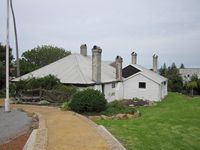
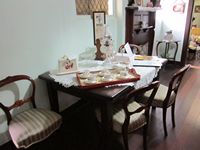
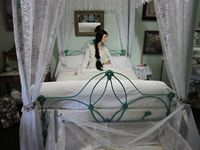
Mouchemore's Cottage
Built in the 1850s, this is the only surviving cottage of five built in the area. Salvaged ships' timbers were used in parts of the cottage's timber frame. For most of its life, the cottage has been home to families who worked in the maritime industry, including whaling, water police and fishing. The fishing family, the Mouchemores, purchased the cottage in 1905 and lived here until 1998. The corrugated iron building to the left of the cottage is the Net Shed.
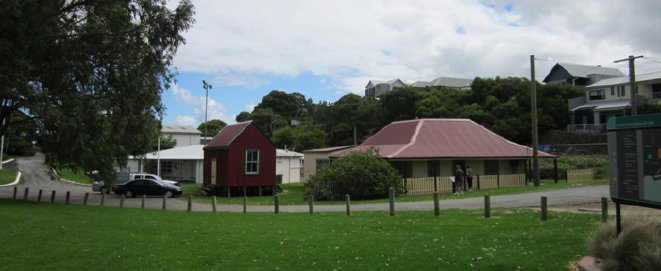
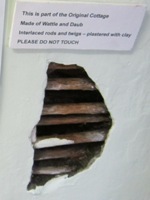
Further development of the town of Albany
In 1885 a rail link was constructed between Perth and Albany. During the 1890s gold rush in the Coolgardie Kalgoorlie region many would be fortune seekers disembarked at Albany to take the long trek to the goldfields. The Holland Track was opened up in 1893 to expedite this journey.
At that time Albany was home to the only deep-water port in Western Australia at Princess Royal Harbour and remained so until the opening of the Port of Fremantle in 1900.
Princess Royal Fortress Museum and ANZAC Lookout, Mount Adelaide.
With bunkers and armaments hidden high on the hill overlooking the harbour entrance, this fortress was built originally in 1893 as a strategic defence of a key part of Australia. The guns were maintained by a permanent garrison stationed at the fort from 1893 to 1956 and were never used to fire a shot in anger.
The German surface raider Orion was the first Axis warship to operate in Australian waters during World War II. Orion laid four dummy mines off Albany, Western Australia on 2nd September 1940, before departing to the south-west after being spotted by an Australian aircraft.
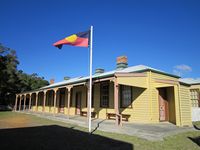
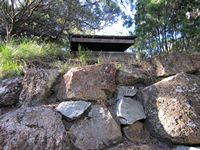
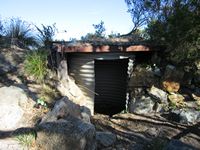
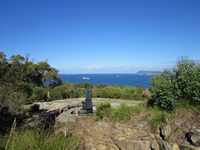
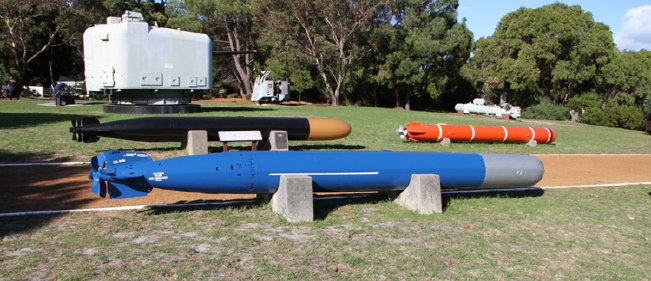
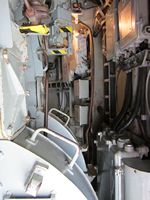
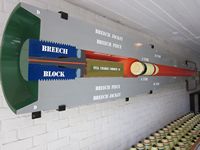
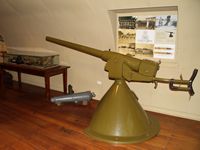
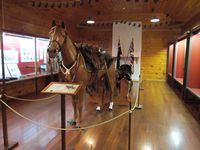
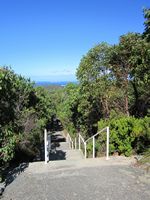
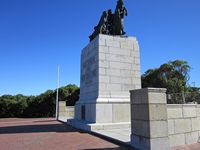
During World War II from 1942-1945 Albany served as the US Navy submarine base responsible for safeguarding the Western Australian cities between Perth and Albany.
During World War I, 1914-1918, the ships that carried the ANZAC soldiers to Europe gathered at Albany. Albany was the last place in Australia that the soldiers saw and is therefore a prominent memorial, with the dedication of the Albany Anzac Peace Park and the pier of remembrance in 2010.
The extensive Fortress houses the Albany Barracks and the Princess Royal Battery, the Military Heritage Centre, the Ellam-Innes Collection (extensive collection of War memorabilia of the 11th Battalion and 10th Light Horse regiments), Underground Magazine, Repository Store and Caretaker's Cottage, Artillery Display, Torpedoes, HMAS Perth Interpretive Centre, World War Old Fort's Cafe, a Control Bunker, kiosk, barbecue and picnic area, with a number of walk trails around the bunkers and guns on the hilltop and between the hilltop and the Navel Guns display and other features.
Head up Apex Drive on Mount Clarence where the Memorial to the Light Horsemen overlooks King George Sound.
Albany Museum and historic centre
The Eclipse building houses the Marine Discovery Centre and the prism from the former Eclipse Island lighthouse is a centrepiece of the Lighthouse exhibition. The Residency (Circa 1850) contains displays of Indigenous and local history as well as temporary exhibitions in the gallery. Also close by are the Brig Amity and Mouchemores Cottage, the Mount Barker Cooperative building, the old Torbay one teacher school, and the Old Goal.
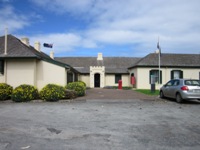
The Old Farm on Strawberry Hill at 174 Middleton Road Albany was the first farm in Western Australia. In 1827 they began to grow crops and vegetables on the Government Farm at what was named Strawberry Hill. Originally covering 1,536 acres or 621.5 hectares, just six remain; a mere 2.4 hectares.
In 1833 Sir Richard Spencer was appointed Government Resident at the town. He bought the farm and lived there with his wife Ann and their ten children.
The current two storey stone house was built adjoining the older cottage in 1836. The new house became the centre of the districts social life. By then the gardens were producing a wide variety of fruit and vegetables.
The property went through various ownership changes until it was transferred to the National Trust in 1964, and the property was brought back from neglect.
Currently undergoing conservation work, there are plans to showcase species of wheat, fruit and vegetables with some dating back to the farm's earliest days. The wheat will be harvested with a scythe and threshed by hand, with future plans to take the production as far as baking bread from the milled grain.
